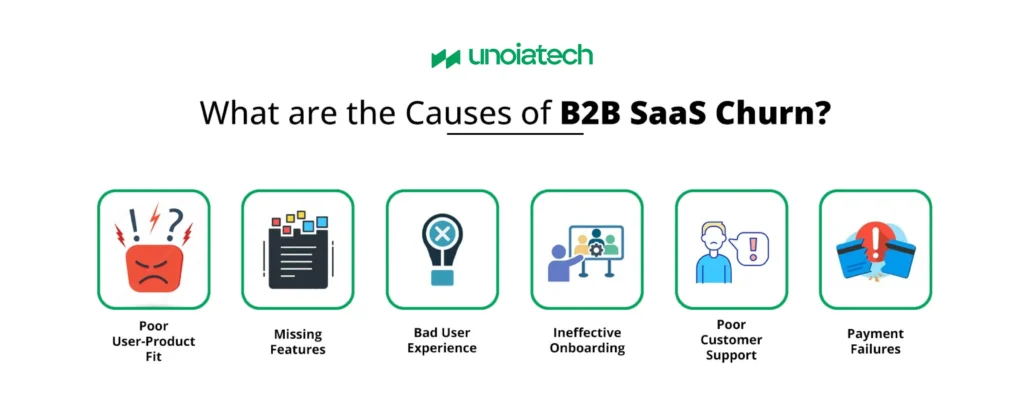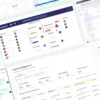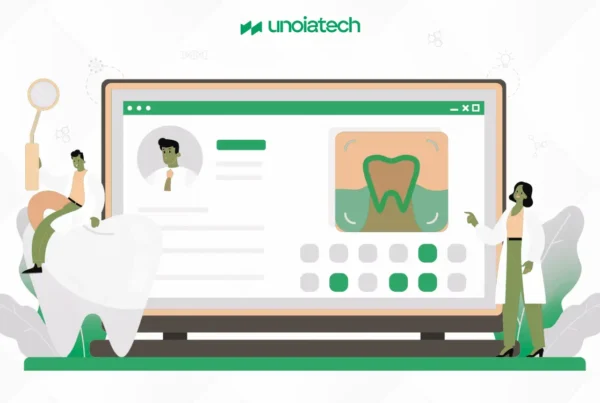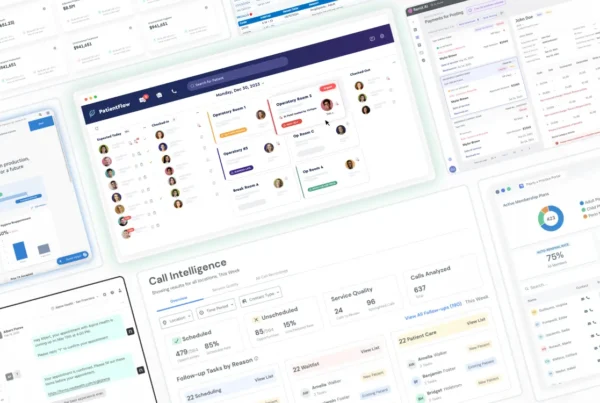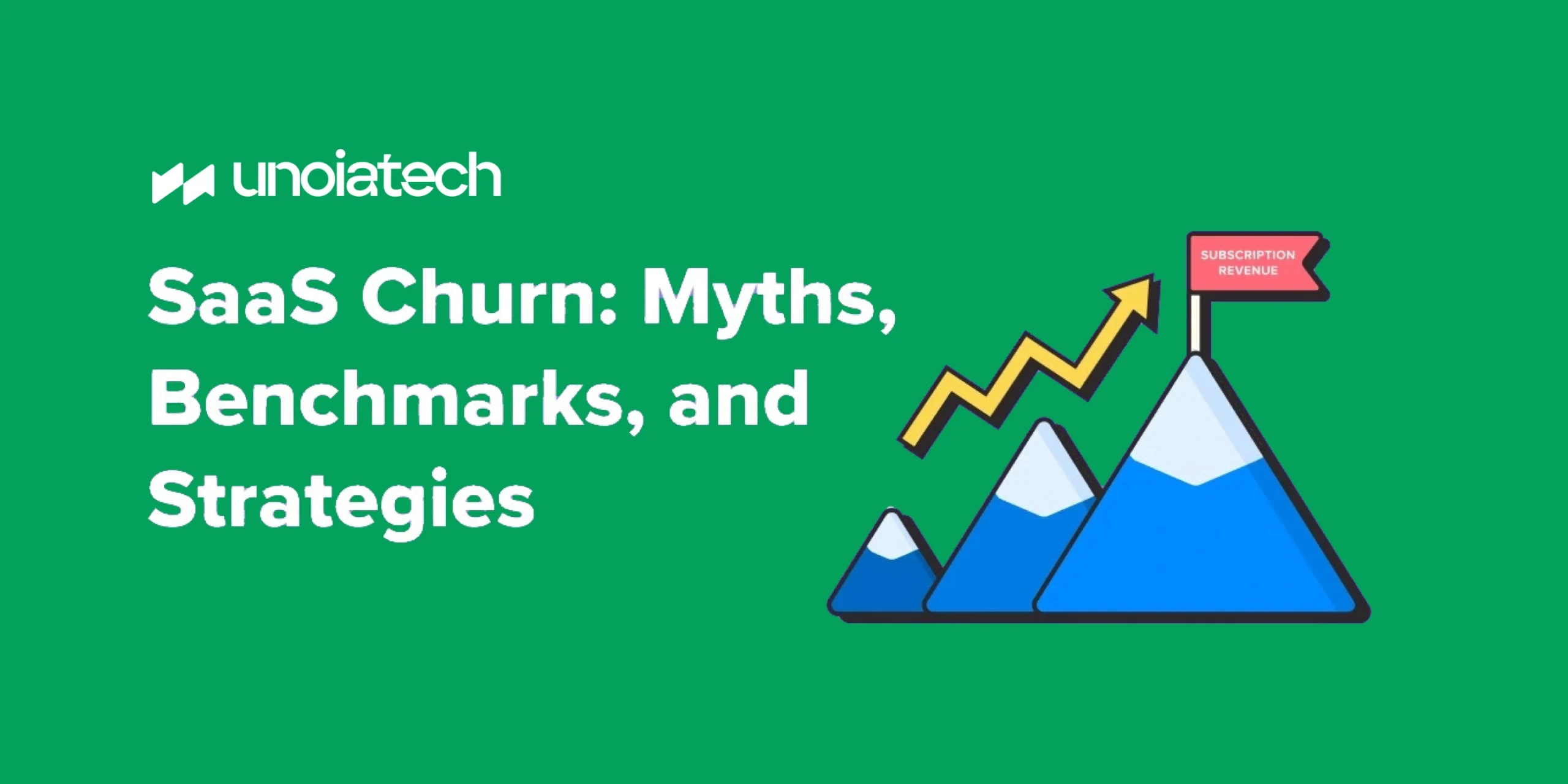
Imagine this: You’ve worked hard to create an exceptional Software as a Service (SaaS) product. It’s innovative, efficient, and addresses real challenges for your customers. As your product hits the market, customers flock to it, eager to subscribe.
But soon, a troubling pattern emerges—customers begin to cancel their subscriptions and turn to competitors. It’s a painful reality, especially when it affects your growth. This is why understanding SaaS churn and finding ways to manage it are essential for your company’s long-term success.
In today’s fast-paced SaaS world, mastering the intricacies of churn—what it is, how to measure it, and how to reduce it—can set you on a path to retaining customers, driving growth, and ensuring the sustained success of your SaaS venture.
What is SaaS Churn?
SaaS churn refers to the percentage of customers who stop using a SaaS product over a given time frame. It is a key metric that reflects customer attrition and can be a sign of a company’s overall health.
A high churn rate often signals underlying issues such as customer dissatisfaction, poor product fit, or competitive pressure, while a lower churn rate is a strong indicator of customer loyalty and a well-aligned product-market fit. Understanding the two types of churn—voluntary and involuntary—is crucial for developing effective churn reduction strategies.
Voluntary Churn
Voluntary churn happens when customers choose to leave a service due to dissatisfaction, finding better alternatives, or evolving needs. Reducing this type of churn involves improving product satisfaction, enhancing the user experience, and maintaining a competitive edge.
Involuntary Churn
Involuntary churn occurs when customers unintentionally leave, often due to billing issues or failed payments. Fortunately, this type of churn can be reduced through proactive measures such as reliable billing processes and strong customer support systems.
By tackling these different types of churn head-on, SaaS companies can build customer loyalty, lower churn rates, and thrive in the competitive SaaS landscape.
Why is SaaS Churn Important?
Churn is more than a statistic—it’s a core indicator of a SaaS company’s financial health. Here’s why churn management is critical:
- Revenue Impact: When customers churn, recurring revenue drops, directly affecting the bottom line. Customer retention is often more cost-effective than acquiring new customers.
- Growth Potential: High churn rates shrink your customer base, making growth difficult and potentially harming your reputation.
- Customer Satisfaction: Churn is often the result of dissatisfaction. To reduce churn, companies must understand and address customer pain points effectively.
Understanding and addressing the causes of churn is essential for retaining customers, driving growth, and enhancing profitability.
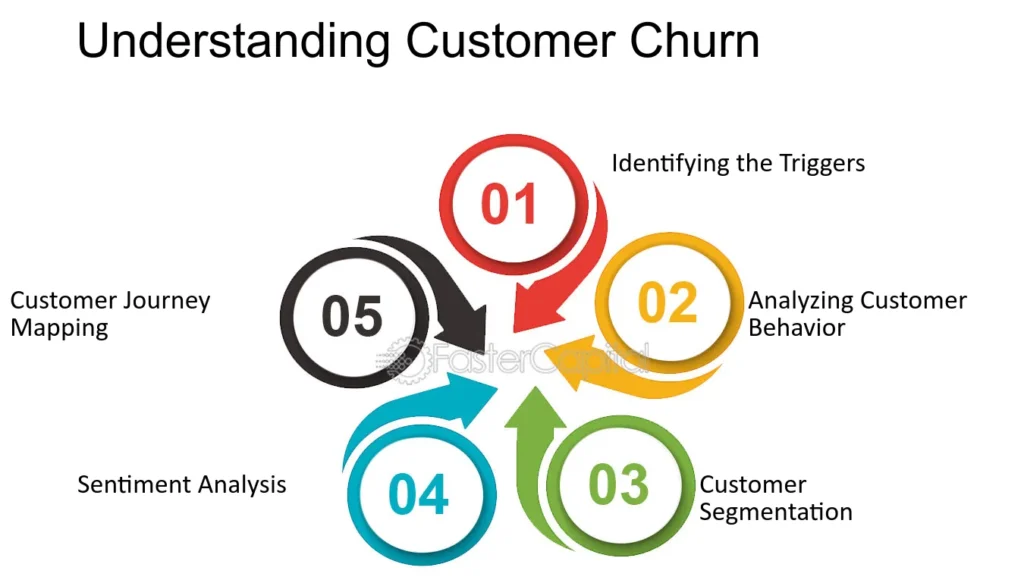
Reasons for SaaS Customer Churn
Understanding why customers churn is key to preventing it. Here are some common factors behind customer attrition in SaaS:
- Poor Product-Market Fit: If customers feel your product doesn’t meet their needs, they may leave. Regular feedback collection ensures that your product stays aligned with market demands.
- Lack of Customer Success: Insufficient onboarding or support can frustrate users, leading to churn. Prioritizing customer success can greatly enhance retention.
- Pricing Concerns: If customers feel they’re not getting value for the price, they may churn. Offering flexible pricing models and ensuring transparency can help.
- Competition: In a competitive landscape, customers may be tempted by better offers. Staying innovative and differentiating your product is essential.
- Evolving Needs: Customer needs change over time. Regular engagement and adaptation ensure your product remains relevant.

By identifying these reasons through feedback and data analysis, SaaS companies can develop targeted solutions to reduce churn.
How to Measure Churn Rate?
Measuring churn rate is essential for understanding customer loss. Follow these steps to calculate it:
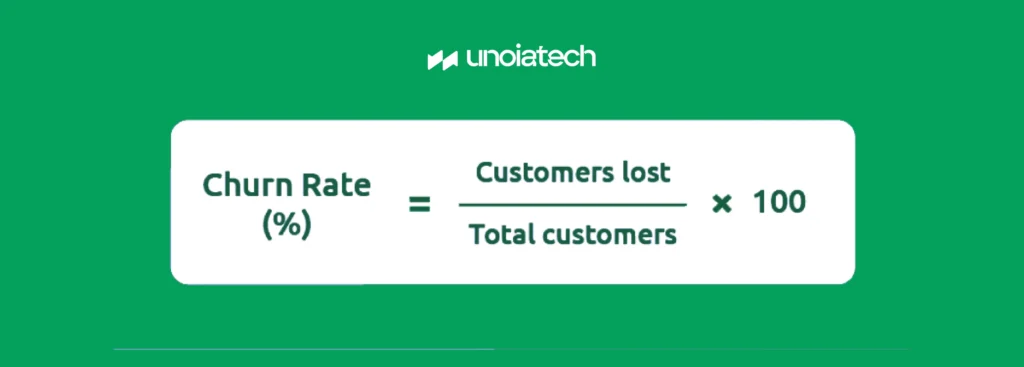
- Define your churn period (monthly, quarterly, etc.).
- Count the number of customers who canceled during this period.
- Determine the total number of customers at the beginning of the period.
- Calculate churn rate:
Churn Rate = (Churned Customers / Total Customers at the Start) * 100
For instance, if a SaaS company starts a month with 2000 customers and loses 100, the churn rate is 5%. Regular churn tracking helps SaaS businesses monitor trends and refine their retention strategies.
What is Considered a Good SaaS Churn Rate?
A good churn rate depends on various factors like industry and business model. Typically, a single-digit churn rate is favorable. However, early-stage SaaS companies may experience higher churn rates, which are expected to stabilize over time.
Low churn rates signify customer satisfaction and product loyalty—two critical elements for long-term success.
Important Churn Metrics to Track
Monitoring specific churn metrics offers deeper insights into customer behavior and financial performance. Key metrics include:
- Customer Churn Rate: Percentage of customers lost during a period.
- Revenue Churn Rate: The percentage of lost revenue from churn.
- Net Revenue Retention: Revenue retained from existing customers, including upsells.
- Customer Lifetime Value (LTV): The total expected revenue from a customer.
Tracking these KPIs, alongside others like customer satisfaction scores and the SaaS Magic Number, provides a comprehensive view of churn and helps identify strategies for retention.
Steps to Reduce Churn
Reducing churn requires a thoughtful and proactive approach. Here are some effective strategies:
- Improve Product-Market FitRegularly gather customer feedback and refine your product to better meet customer needs. Use market research, user testing, and customer requests to ensure your product continuously delivers value and addresses key pain points.
- Enhance Customer SuccessDeliver excellent onboarding, training, and support to help customers maximize the value of your product. Provide tutorials, a comprehensive knowledge base, and dedicated customer success teams to guide users and help them achieve their goals.
- Optimize PricingAlign your pricing with the value of your product. Offer flexible pricing tiers, subscription options, and add-on features for different customer segments. Regularly review your pricing strategy to remain competitive and adjust as needed.
- Incentivize Long-Term CommitmentsMotivate customers to commit to longer subscription periods by offering perks like discounts, extended trials, or exclusive features. Reward their loyalty to improve retention and reduce churn.
- Monitor and Analyze Churn MetricsTrack and evaluate churn metrics such as customer churn rate, revenue churn rate, and conduct churn cohort analysis to uncover customer behavior patterns. Use this data to inform your strategies and reduce churn.
- Foster a Customer-Centric CultureCreate a culture that prioritizes customer success and satisfaction. Encourage all departments to focus on customer needs and provide exceptional experiences to build long-term relationships and loyalty.
By following these steps, SaaS businesses can reduce churn, increase customer retention, and drive sustainable growth.
Driving Sustainable Growth: Conquering SaaS Churn for Long-Term Success
Reducing SaaS churn is a continuous effort that requires attention to customer satisfaction, data-driven strategies, and constant product improvement. By focusing on key churn metrics, adapting to customer needs, and staying competitive, your SaaS business can conquer churn and pave the way for long-term success.
Ready to Build Your Own SaaS Success Story?
At Unoiatech, we specialize in helping businesses bring their SaaS vision to life. Whether you’re looking to scale, optimize, or launch from scratch, our team has the expertise to make it happen. Want to see how we helped one of our clients build a $900M SaaS product? Check out our case study here and discover how we can do the same for you.


